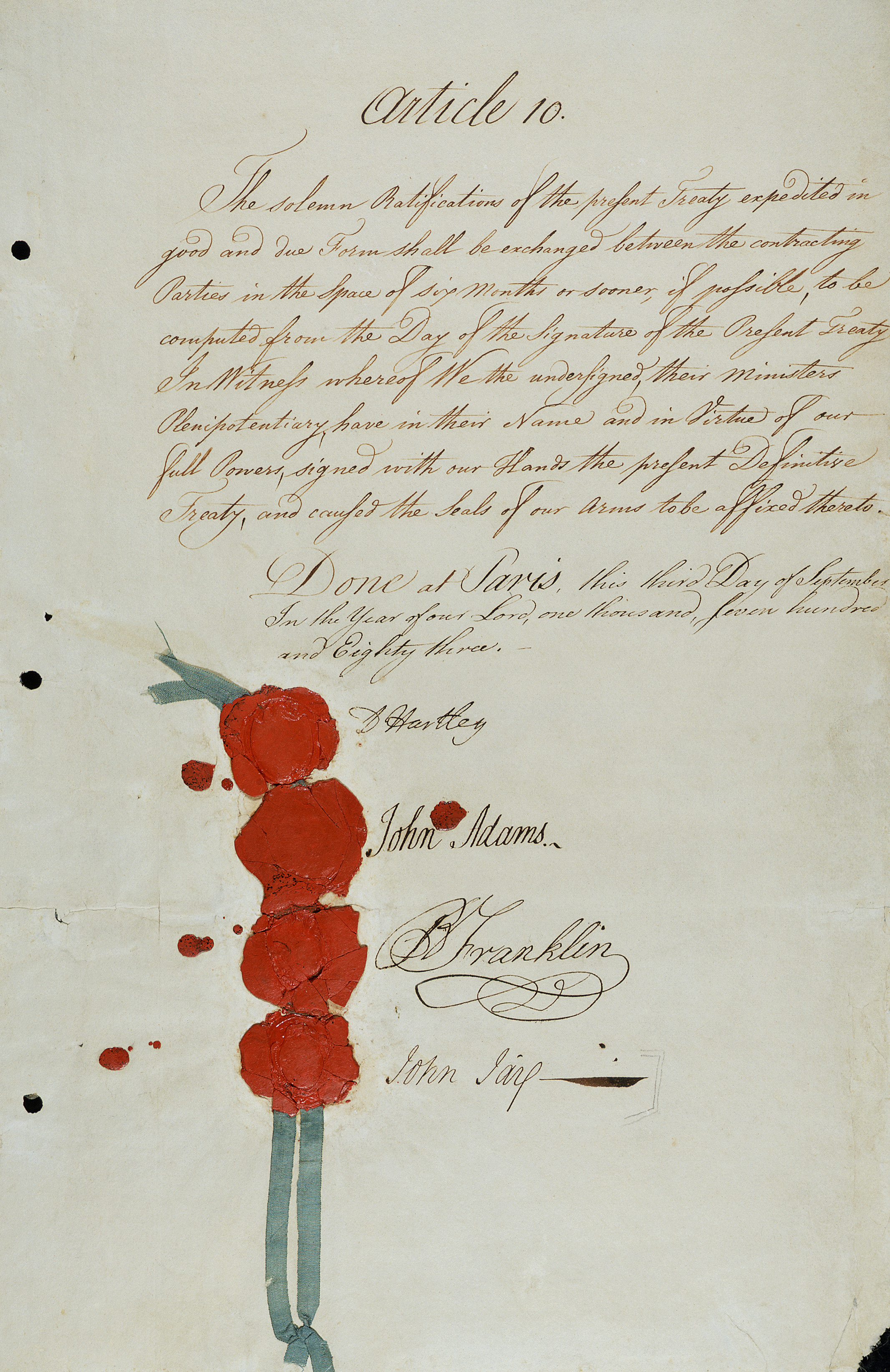War And Treaty: A Deep Dive Into The Art Of Conflict Resolution
Hey there, history buffs and global affairs enthusiasts! Let's dive straight into the fascinating world of war and treaty. Whether you're a history nerd or just curious about how nations settle their differences, this article has got you covered. Wars have shaped civilizations, and treaties have redrawn borders, but what really goes into these monumental events? Stick around, because we're about to explore the ins and outs of war and treaty, and trust me, it’s gonna be a wild ride.
Throughout history, conflicts have been as inevitable as taxes and bad Wi-Fi connections. But hey, there’s always a silver lining—treaties. They’re like the adult version of a timeout, where countries sit down, hash out their differences, and hopefully agree on something that doesn’t involve missiles or invasions. Understanding the dynamics of war and treaty is crucial, especially in today’s interconnected world. So, buckle up, because we’re diving deep into the history, mechanics, and importance of treaties in resolving conflicts.
Now, you might be wondering why war and treaty matter so much. Well, it’s not just about history books and dusty archives. These events shape our world, influence economies, and redefine relationships between nations. From ancient empires to modern superpowers, the art of negotiation and resolution is a skill that every country needs to master. And guess what? You’re about to become an expert in this field, or at least sound like one at your next dinner party.
- Pam Bryant The Story Of A Remarkable Woman Who Left A Lasting Legacy
- Sex And The City In A Modern Love Story That Shook The World
Table of Contents
- The History of War and Treaty
- Types of Treaties
- The Treaty-Making Process
- Impact of Treaties on Nations
- Famous War and Treaty Examples
- Modern-Day Treaties
- Challenges in Treaty Implementation
- The Role of International Organizations
- The Future of War and Treaty
- Conclusion
The History of War and Treaty
Alright, let’s take a trip down memory lane. Wars have been around since the dawn of civilization, but treaties? Those are a bit more civilized, don’t you think? From the ancient Sumerians to the Roman Empire, treaties have been used to settle disputes, form alliances, and even redraw borders. But how did this whole thing start?
Back in the day, treaties were more like verbal agreements between kings and emperors. Think of it like a handshake deal, but with a lot more pomp and circumstance. As societies evolved, so did the complexity of treaties. The Peace of Westphalia in 1648 is often cited as a turning point, where modern diplomacy began to take shape. It wasn’t all roses though; treaties have failed spectacularly in the past, leading to even bigger conflicts. But hey, practice makes perfect, right?
Key Historical Moments
Let’s break it down into some key historical moments that shaped the world of war and treaty:
- Aubrey Graham The Journey Of A Multifaceted Artist Who Conquered The World
- Is Taylor Swift Engaged The Inside Scoop Youve Been Waiting For
- The Treaty of Tordesillas (1494): Divided the newly discovered lands outside Europe between Spain and Portugal.
- The Treaty of Versailles (1919): Ended World War I, but arguably set the stage for World War II.
- The Camp David Accords (1978): Broke new ground in Middle Eastern diplomacy, leading to peace between Egypt and Israel.
Types of Treaties
Not all treaties are created equal. Some are about peace, others about trade, and some are just plain weird. But hey, variety is the spice of life, right? Let’s take a look at the different types of treaties:
Peace Treaties
These are the big ones, folks. Peace treaties are designed to end wars and prevent future conflicts. Think of them as the ultimate ceasefire agreements. But they don’t always work out as planned. Take the Treaty of Versailles, for example. It was supposed to end all wars, but instead, it sowed the seeds for another global conflict. Go figure.
Trade Treaties
Not all treaties are about blood and thunder. Some are all about bucks and business. Trade treaties aim to reduce tariffs, open markets, and promote economic cooperation. The North American Free Trade Agreement (NAFTA) is a great example of this. Sure, it’s not as dramatic as a peace treaty, but it’s just as important in shaping global economies.
The Treaty-Making Process
So, how exactly do treaties come into being? It’s not as simple as slapping two signatures on a piece of paper. The treaty-making process involves negotiations, compromises, and sometimes, a whole lot of coffee. Here’s a breakdown of the steps involved:
Negotiation
This is where the real work happens. Representatives from different countries sit down and hash out the details. It’s like a giant game of chess, where every move is carefully calculated. Negotiations can take days, months, or even years, depending on the complexity of the issues at hand.
Ratification
Once the terms are agreed upon, the treaty needs to be ratified. This usually involves approval from national legislatures or governing bodies. Think of it like getting your parents’ permission before signing up for that expensive summer camp. Ratification ensures that all parties are fully committed to the terms of the treaty.
Impact of Treaties on Nations
Treaties have a profound impact on nations, both positive and negative. On the plus side, they can foster peace, promote economic growth, and strengthen international relations. But on the flip side, poorly negotiated treaties can lead to resentment, economic hardship, and even renewed conflict.
Take the Treaty of Versailles, for instance. While it ended World War I, it also imposed heavy reparations on Germany, leading to economic instability and widespread discontent. This, in turn, contributed to the rise of Adolf Hitler and the outbreak of World War II. So, yeah, treaties are kind of a big deal.
Famous War and Treaty Examples
Let’s take a look at some famous examples of war and treaty throughout history:
The Treaty of Versailles
As we’ve already mentioned, this treaty ended World War I, but its impact was far-reaching. The reparations imposed on Germany were crippling, leading to economic ruin and political instability. It’s a classic example of how poorly negotiated treaties can have devastating consequences.
The Camp David Accords
On the flip side, the Camp David Accords are a shining example of successful diplomacy. Brokered by U.S. President Jimmy Carter, these accords led to a peace agreement between Egypt and Israel, two nations with a long history of conflict. It’s proof that even the most intractable disputes can be resolved through negotiation and compromise.
Modern-Day Treaties
In today’s world, treaties are more important than ever. With global challenges like climate change, terrorism, and cyber warfare, international cooperation is crucial. Modern treaties often involve multiple countries and tackle complex issues that affect the entire planet.
Take the Paris Agreement, for example. This landmark treaty aims to limit global warming to well below 2 degrees Celsius. It’s a testament to the power of international cooperation and the importance of addressing global challenges together.
Challenges in Treaty Implementation
Of course, treaties aren’t without their challenges. Implementation can be tricky, especially when dealing with multiple countries with different interests and priorities. Some common challenges include:
- Enforcement: How do you ensure that all parties comply with the terms of the treaty?
- Political Changes: What happens when a new government comes to power and decides to abandon the treaty?
- Cultural Differences: How do you bridge the gap between different cultural perspectives on conflict resolution?
The Role of International Organizations
International organizations like the United Nations play a crucial role in facilitating treaties. They provide a neutral platform for negotiations and help ensure that treaties are implemented fairly and effectively. But they’re not perfect. Critics argue that these organizations can be slow, bureaucratic, and sometimes ineffective in resolving conflicts.
The Future of War and Treaty
So, what does the future hold for war and treaty? With advancements in technology and changes in global power dynamics, the nature of conflict is evolving. Cyber warfare, for example, presents a whole new set of challenges that traditional treaties may not be equipped to handle. But one thing is certain: as long as there are nations, there will be conflicts, and treaties will remain an essential tool for resolving them.
Conclusion
And there you have it, folks! A deep dive into the world of war and treaty. From ancient history to modern diplomacy, treaties have played a crucial role in shaping our world. They’re not perfect, but they’re a necessary part of international relations. So, the next time you hear about a new treaty being signed, take a moment to appreciate the complexity and importance of this age-old practice.
Now, it’s your turn! Share your thoughts in the comments below. Do you think treaties are the best way to resolve conflicts, or are there better alternatives? And don’t forget to check out our other articles for more insights into global affairs. Thanks for reading, and we’ll see you in the next one!


Detail Author:
- Name : Aric Emmerich
- Username : kyla27
- Email : jaskolski.enos@yahoo.com
- Birthdate : 1970-06-26
- Address : 8945 Annie Union Lockmanberg, OK 56640
- Phone : +15638359591
- Company : Champlin, Turner and Beer
- Job : Music Director
- Bio : Itaque dolorum vel temporibus quis. Asperiores qui iste dolor atque. Id a dolores officiis.
Socials
linkedin:
- url : https://linkedin.com/in/melyna_o'hara
- username : melyna_o'hara
- bio : Et atque voluptas ipsa et.
- followers : 4532
- following : 2657
instagram:
- url : https://instagram.com/melynao'hara
- username : melynao'hara
- bio : Et voluptatibus impedit aut sequi velit. Fugit blanditiis est quae aut impedit sequi.
- followers : 4700
- following : 2817
twitter:
- url : https://twitter.com/melyna.o'hara
- username : melyna.o'hara
- bio : Quia reiciendis blanditiis sint. Similique totam vero distinctio quia incidunt voluptas alias. Maxime voluptatem et magnam velit.
- followers : 3903
- following : 687